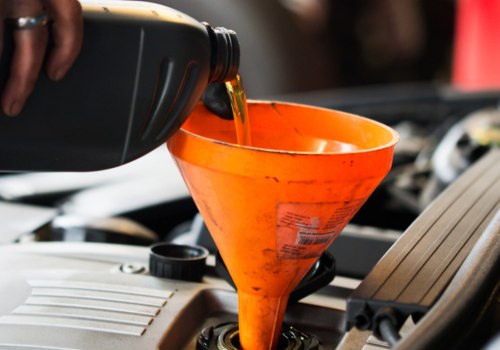Maintenance is the act of providing support or upkeep to something. An example of maintenance is a janitor who keeps the school clean. Preventive maintenance is the practice of taking precautionary measures or actions to prevent equipment failures before they occur. This generally involves routine inspections, upgrades, proper lubrication (where appropriate), adjustments, and replacement of outdated equipment or parts. The main benefit of predictive maintenance is that it allows maintenance to be done only when necessary, that is, just before equipment failure.
A Computerized Maintenance Management System (CMMS) is a useful tool for maintenance teams, as they can enter every detail of their interventions and exchange information with their colleagues to keep track of all operations and maintenance plans. Preventive maintenance is commonly used to maintain a facility's assets, such as HVAC machines and reagents. Maintenance is also used to keep areas of a facility in good operating condition, such as painting walls. Regardless of the decision you make, you must provide maintenance teams with maintenance management software to ensure proper monitoring of interventions, as well as smooth communication between technicians and other professionals. The introduction of Condition-Based Maintenance (CBM) will entail a major change in the way maintenance is performed and, potentially, in the entire maintenance organization of a company.
Routine Maintenance
is a simple and easy to implement method to improve overall maintenance.Planned Maintenance is maintenance that is organized and carried out with the future in mind, control and recording according to plans that have been previously determined. Technicians apply Unplanned Corrective Maintenance to react as soon as a failure is detected that could not be anticipated with preventive maintenance processes. Advances in recent years have allowed for extensive equipment instrumentation and, together with better tools for analyzing condition data, today's maintenance personnel are more able than ever to decide when is the right time to perform maintenance on any piece of equipment. Once CMMS has analyzed all the information, maintenance teams can visualize all interventions, see how often a maintenance operation has been carried out and anticipate unplanned downtime to react accordingly.
Corrective Maintenance
is a type of maintenance used for equipment after equipment breaks down or the malfunction is often more expensive: Not only can worn equipment damage other parts and cause multiple damage, but the consequent repair and replacement costs and lost revenue due to time downtime during review can be significant. Corrective maintenance can be planned or unplanned, depending on whether or not a maintenance plan has been created.Default Maintenance
is performed using rules and suggestions created by the original manufacturer, rather than the maintenance team.Routine Maintenance refers to any maintenance task that is performed on a planned and ongoing basis to identify and prevent problems before they cause equipment failure. Even if preventive maintenance doesn't always allow maintenance teams to anticipate each breakdown or failure, since it is still very difficult to know exactly which components are about to fail, it helps them reduce the extent of errors. A next-generation CMMS such as Mobility Work, a solution that offers a performance analysis tool capable of collecting all the data entered by the maintenance teams themselves, aims to progressively help plants evolve towards predictive maintenance.







